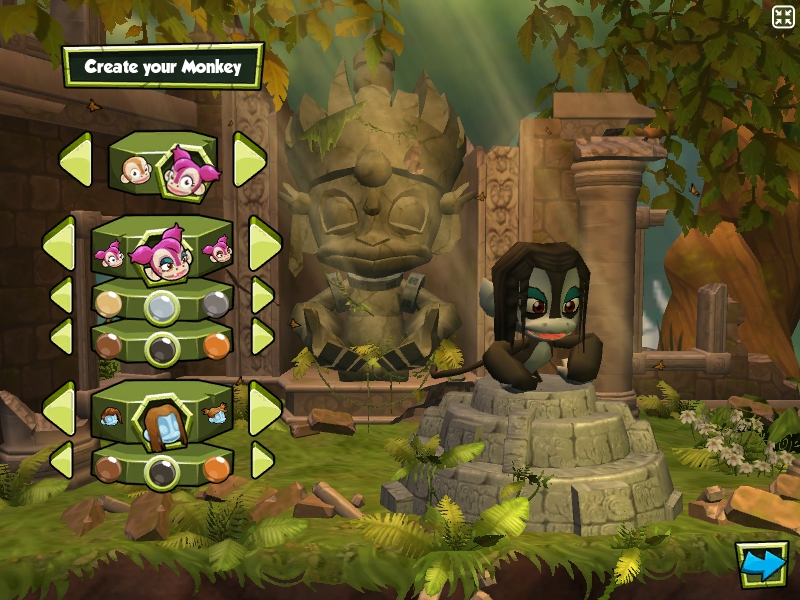

This provides an environment in which you can monitor package When specified, the Monkey will perform the initial launch into a test activity, butįor best results, combine with -v, one or more package constraints, and a non-zero throttle to keep the Monkey Option multiple times - one -c option per category. To specify multiple categories, use the -c Intent.CATEGORY_LAUNCHER or Intent.CATEGORY_MONKEY. If you don't specify any categories, the Monkey will select activities listed with the category System to visit activities that are listed with one of the specified categories. If you specify one or more categories this way, the Monkey will only allow the To specify multiple packages, use the -p option multiple times - one -p If you don't specify any packages, the Monkey will allow the system to launch activities to select a contact) you'll need to specify those packages as well. If your application requires access to activities in To visit activities within those packages. If you specify one or more packages this way, the Monkey will only allow the system This is a catch-all for all other types of events such as keypresses, other less-used At random intervals, the Monkey will issue a startActivity() call, as a way of maximizingĬoverage of all activities within your package.Īdjust percentage of other types of events. (These are keys that are generally reserved for use by the system, such as Home, Back, Start Call,Īdjust percentage of activity launches. The center button in a 5-way pad, the back key, or the menu key.)Īdjust percentage of "system" key events. (These are navigation events that will typically cause actions within your UI, such as (Navigation events consist of up/down/left/right, as input from a directional input device.)Īdjust percentage of "major" navigation events. (Trackball events consist of one or more random movements, sometimes followed by a click.)Īdjust percentage of "basic" navigation events.
#Android monkey junior crack series#
(Motion events consist of a down event somewhere on the screen, a series of pseudo-random (Touch events are a down-up event in a single place on the screen.) If not specified, there is no delay and the events are generated as rapidly as possible. You can use this option to slow down the Monkey. Value, it will generate the same sequence of events. If you re-run the Monkey with the same seed Seed value for pseudo-random number generator. Level 2 provides more detailed setup information such as activities selected or not selected for Level 1 provides more details about the test as it runs, such as individual events being sent to Level 0 (the default) provides little information beyond startup notification, test completion, and CategoryĮach -v on the command line will increment the verbosity level. The table below lists all options you can include on the Monkey command line. Which will launch your application and send 500 pseudo-random events to it: $ adb shell monkey -p -v 500 Command options reference With no options specified, the Monkey will launch in a quiet (non-verbose) mode, and will sendĮvents to any (and all) packages installed on your target. Or by entering the shell and entering Monkey commands directly. You can do this by prefacing adb shell to each command, You can launch the Monkey using a command line on your development machine or from a script.īecause the Monkey runs in the emulator/device environment, you must launch it from a shell in Of the Monkey and the events being generated.
#Android monkey junior crack software#
User events into the system, which acts as a stress test on the application software you are The Monkey is a command-line tool that you can run on any emulator

You can use the Monkey to stress-test applications that you are developing, in a random Streams of user events such as clicks, touches, or gestures, as well as a number of system-levelĮvents. The Monkey is a program that runs on yourĮmulator or device and generates pseudo-random


 0 kommentar(er)
0 kommentar(er)
